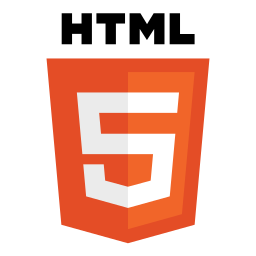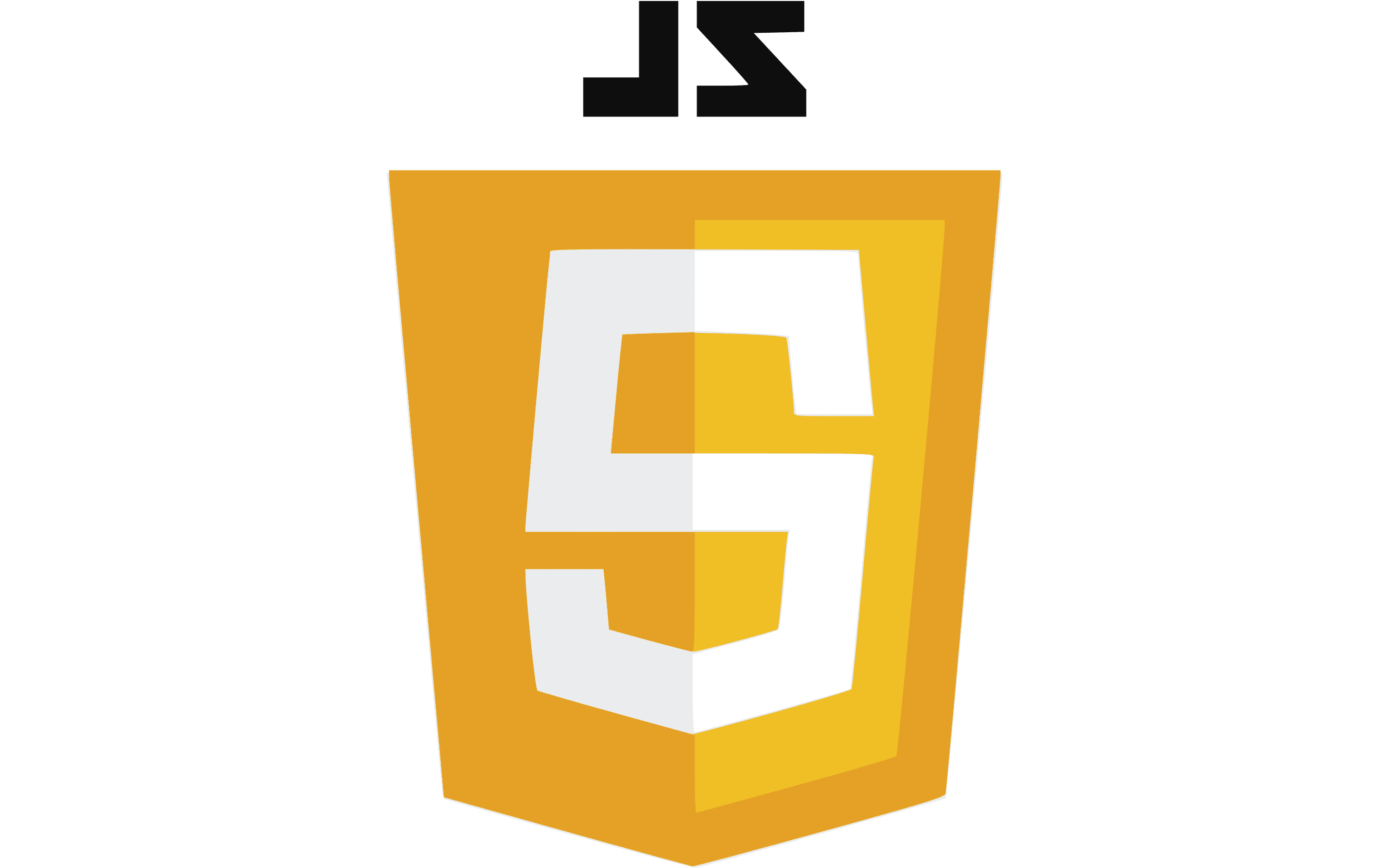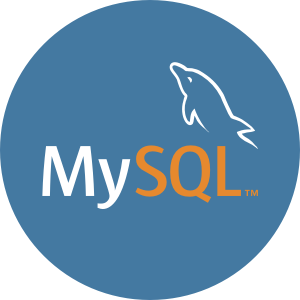Enterprises have witnessed a huge shift from legacy
software to agile and technologically advanced applications to meet the
growing needs of the modern business environment. It allows
web developers to pick the most suitable tools for efficient
development. For digital transformation, businesses are implying
cloud-native practices and now prefer multi-cloud strategies. It helps
meet the tech-inclined demands of the business.
Web app development companies are now using a multi-lingual approach for
better velocity, high flexibility, and interoperations when it comes to
the development language. Thus, enterprises are looking to hire
multi-lingual developers for a full-fledged talent showcase. This ends up
the enterprise with the right app to fulfill its goals and objectives.
As we get into the top programming languages for enterprise app
development, it is important to take note that there is consistency among
the popular languages. There is no sudden shift in demand or use of a
specific programming language, neither by web app development services nor
the business industry.
The top 7 programming languages and tools for enterprise app development:
- HTML
- CSS
- JAVASCRIPT
- PHP
- MYSQL
- FRAMEWORKS
- Bootstrap
- Laravel
- Jquery
- Angular
- React
- SOFTWARE APLICATION
- Wrodpress
- Weebly
- Macaw
Click on the logo to read more




01.HTML
HTML (Hypertext Markup Language) is a text-based approach to describing how content contained within
an
HTML
file is structured. This markup tells a web browser how to display text, images and other forms of
multimedia on
a webpage.
HTML is a formal recommendation by the World Wide Web Consortium (W3C) and is generally adhered to by all
major
web browsers, including both desktop and mobile web browsers. HTML5 is the latest version of the
specification.
How HTML works
HTML is a text file containing specific syntax, file and naming conventions that show the computer and the
web
server that it is in HTML and should be read as such. By applying these HTML conventions to a text file in
virtually any text editor, a user can write and design a basic webpage, and then upload it to the internet.
The most basic of HTML conventions is the inclusion of a document type declaration at the beginning of the
text
file. This always comes first in the document, because it is the piece that affirmatively informs a computer
that this is an HTML file. The document header typically looks like this:
. It should always be written that way, without any content inside it or breaking it up. Any
content that comes before this declaration will not be recognized as HTML by a computer.
Doctypes are not just used for HTML, they can apply to the creation of any document that uses SGML (Standard
Generalized Markup Language). SGML is a standard for specifying a specific markup language being used. HTML
is
one of several markup languages that SGML and doctype declarations apply to.
The other critical requirement for creating an HTML file is saving it with a .html file extension. Whereas
the
doctype declaration signals HTML to the computer from the inside of the file, the file extension signals
HTML to
the computer from the outside of the file. By having both, a computer can tell that it's an HTML file
whether
it's reading the file or not. This becomes especially important when uploading the files to the web, because
the
web server needs to know what to do with the files before it can send them to a client computer for the
inner
contents to be read.
After writing the doctype and saving as an HTML file, a user can implement all the other syntactic tools of
HTML
to customize a web page. Once finished, they will likely have several HTML files corresponding to various
pages
of the website. It's important that the user uploads these files in the same hierarchy that they saved them
in,
as each page references the specific file paths of the other pages, enabling links between them. Uploading
them
in a different order will cause links to break and pages to be lost, because the specified file paths will
not
match the pages.
02.CSS
Cascading Style Sheets, fondly referred to as CSS, is a simple design language intended to simplify the process of making web pages presentable.CSS handles the look and feel part of a web page. Using CSS, you can control the color of the text, the style of fonts, the spacing between paragraphs, how columns are sized and laid out, what background images or colors are used, layout designs,variations in display for different devices and screen sizes as well as a variety of other effects.CSS is easy to learn and understand but it provides powerful control over the presentation of an HTML document. Most commonly, CSS is combined with the markup languages HTML or XHTML.
03.JAVASCRIPT
JavaScript and Python are always in close competition. Over the past few years, JavaScript has maintained
its
position at the top when it comes to enterprise app development. Enterprises are now looking for more front
end
web development services to redesign their apps.
JavaScript works with both HTML and CSS to offer interactive applications. With versatile functionality, it
has
become the go-to language for enterprise app development for most of the web development companies.
Meanwhile, all the other programming languages have remained steady. It shows that the demand for web
development services is still rising, especially with the introduction of cloud-native practices.
04.PHP
I may get a lot of flaks for including PHP in this list of best programming languages for web development in
2021 but to be honest, PHP is one of the best programming languages when it comes to creating web
applications.
It’s a dynamic, server-side scripting language that makes it really easy to create fully functional web
applications. If that’s not enough, half of the internet is running on PHP’s shoulder, remember WordPress,
the
most popular web application software is made on PHP.
PHP also has frameworks like Laraval, which is both powerful and allows you to swiftly create web
applications
using a model–view–controller architectural pattern.
Don’t listen to people who say PHP is not useful, if you find it easy, go for it, and If you are want to
learn
PHP for web development in 2021 and need a resource, I highly recommend PHP with Laravel for beginners —
Become
a Master in Laravel course from Udemy. A great online course to learn both PHP and Laravel in depth.
05.MYSQL
MySQL is a relational database management system (RDBMS) developed by Oracle that is based on structured
query
language (SQL).
A database is a structured collection of data. It may be anything from a simple shopping list to a picture
gallery or a place to hold the vast amounts of information in a corporate network. In particular, a
relational
database is a digital store collecting data and organizing it according to the relational model. In this
model,
tables consist of rows and columns, and relationships between data elements all follow a strict logical
structure. An RDBMS is simply the set of software tools used to actually implement, manage, and query such a
database.
MySQL is integral to many of the most popular software stacks for building and maintaining everything from
customer-facing web applications to powerful, data-driven B2B services. Its open-source nature, stability,
and
rich feature set, paired with ongoing development and support from Oracle, have meant that internet-critical
organizations such as Facebook, Flickr, Twitter, Wikipedia, and YouTube all employ MySQL backends.